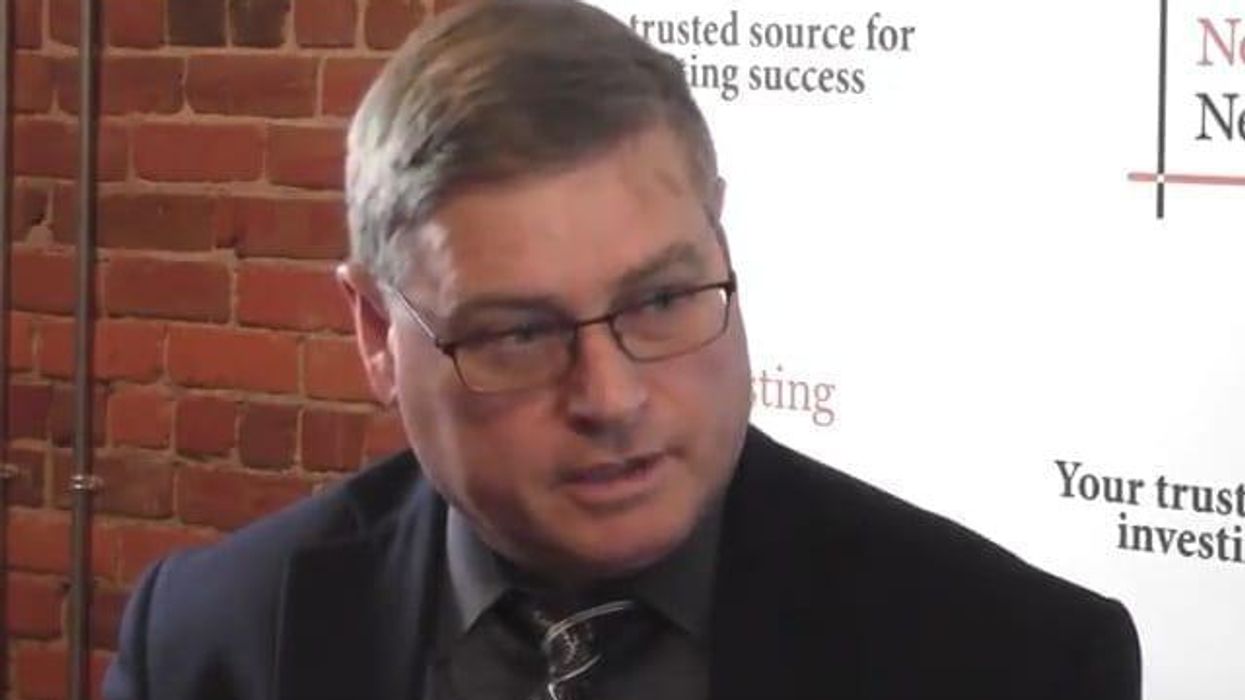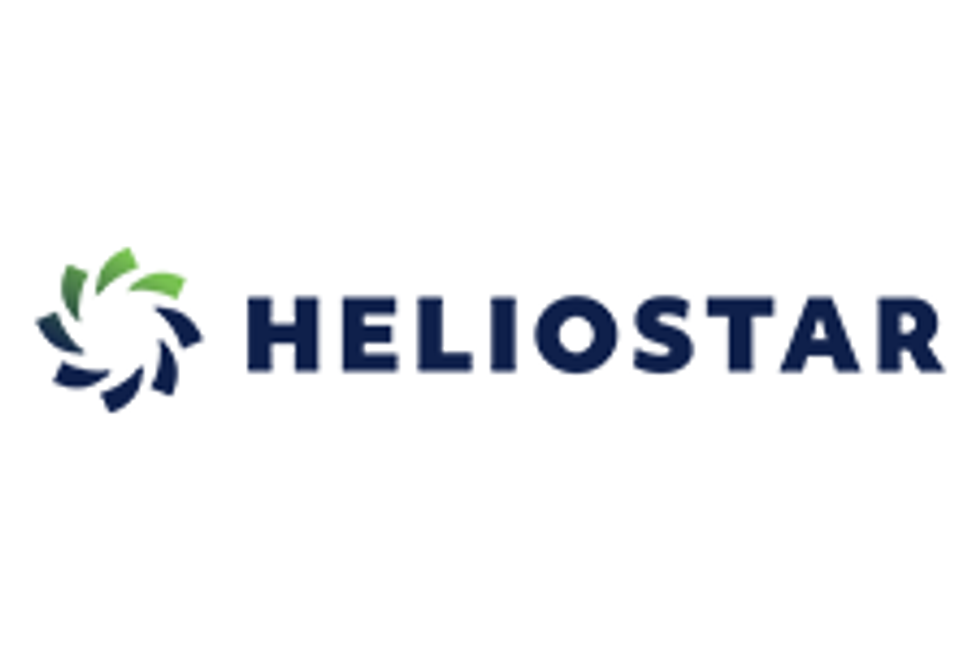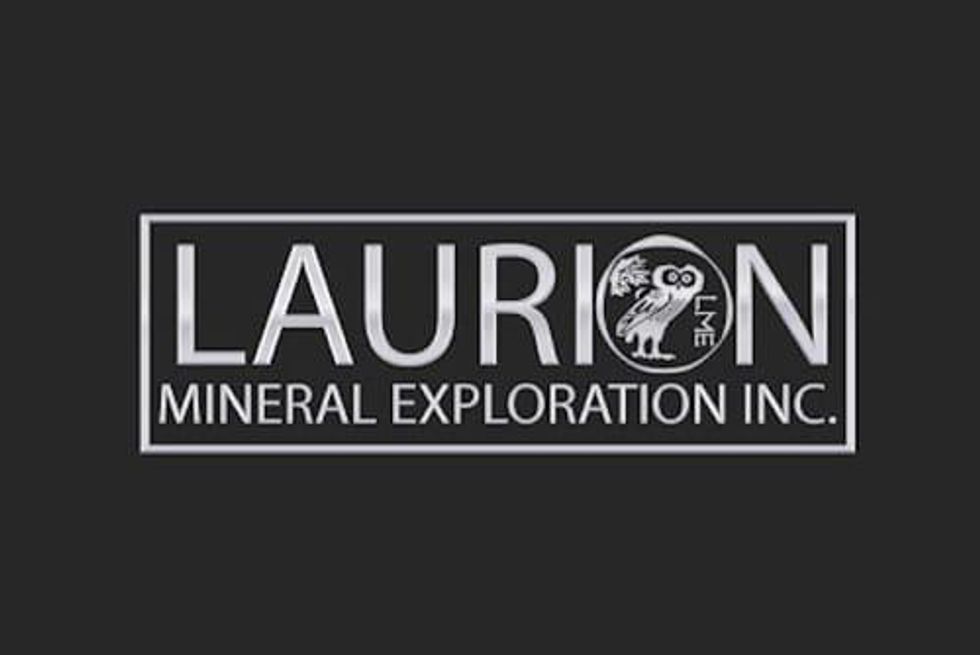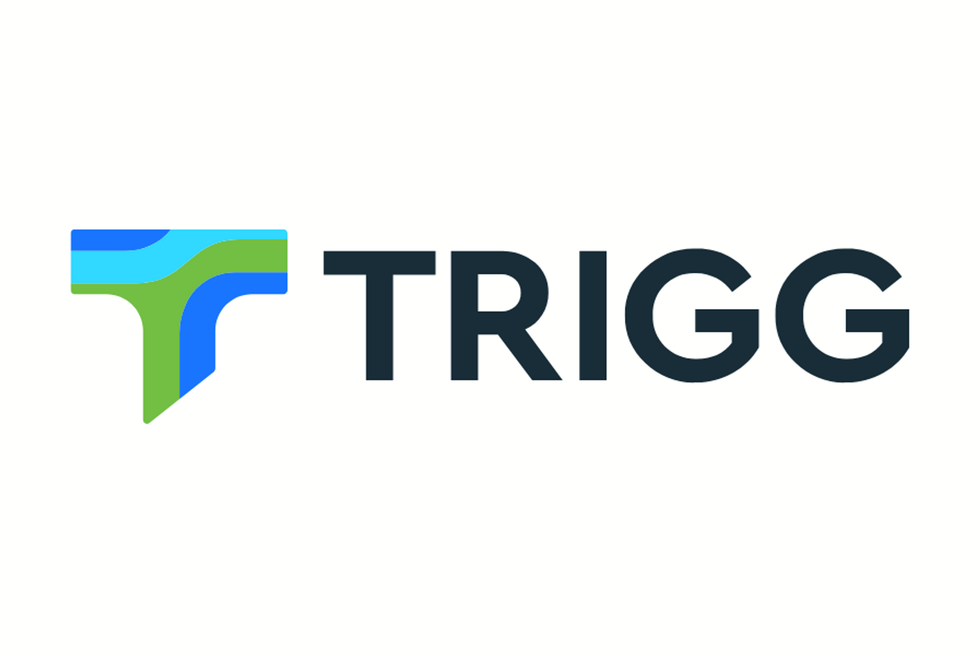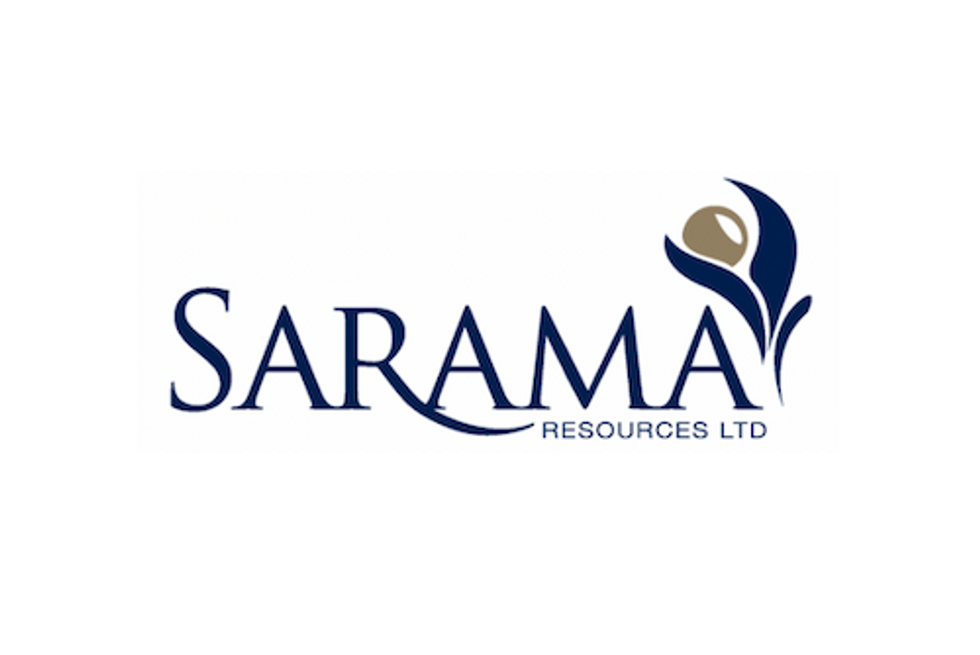Kaiser believes investing in gold juniors with different exploration strategies is one way investors can achieve success.
There’s been relatively little gold exploration in the last few years, but John Kaiser of Kaiser Research believes that may be set to change. “I think we’re going to see a shift back to discovery exploration as opposed to simply feasibility demonstration,” he says in the video above.
If that happens, there will be plenty of opportunities for investors to profit. But which gold exploration companies are poised to do the best? According to Kaiser, one thing investors can do to help narrow the field is to gain an understanding of the different types discovery exploration.
“Cover all the bases, place bets on these different styles. The key is to understand … the strategy behind [each] junior, and give yourself exposure to a number of them,” he explains.
For instance, some companies are doing traditional exploration, while others are using new technology to take a different approach to the exploration process. Still others are returning to old districts with new ideas on how to make them profitable once again.
Watch the video above to hear Kaiser explain those types of exploration and give examples of gold juniors that are using each style. He also discusses gold juniors with optionality and what Donald Trump’s presidency could mean for commodities.
The transcript for the interview can be seen below. You can also click the links below to go directly to different parts of the interview:
- 0:20 — Trump’s potential impact on commodities
- 3:21 — types of discovery exploration
- 6:12 — traditional exploration (Rainy Mountain Royalty (TSXV:RMO))
- 9:12 — new technology (San Marco Resources (TSXV:SMN), Nevada Exploration (TSXV:NGE))
- 14:10 — rethinking old districts (Adamera Minerals (TSXV:ADZ))
- 16:46 — optionality (Midas Gold (TSX:MAX))
- 21:56 — what should investors focus on? (Skeena Resources (TSXV:SKE))
INN: I wanted to start by asking you about Donald Trump. There’s has been a lot of uncertainty surrounding his presidency, especially since his inauguration. Can you tell me your thoughts on that?
JK: A number of policies that Trump has floated, or proposed policies, such as collapsing globalization and [the] “America first” type of thing — those have potentially very negative implications. Some of his tweets about China, North Korea and so on display an ignorance about the complexity of all these geopolitical situations, and if not handled correctly could cause major geopolitical conflicts that result in supply disruptions. Other things, such as his desire to ramp up infrastructure renewal, could have a very positive effect on the US economy provided he doesn’t go on this protectionist rampage. And this could get the rest of the world, especially the emerging markets, growing again — that would be good for metals across the board because aggregate growth would start to climb again. And of course, if he does pursue infrastructure renewal, it will increase the US debt, and it’ll bring back inflation and the gold bull narrative, which has been in the doghouse for the last six years because it’s been so terribly wrong in its predictions about what will happen with easing money. But on the other hand, he may not be able to get any of these things going, and prices [will] sort of stay flat.
So we really don’t know, but what is clear — and I’m sensing this at the three conferences I have been at in the … past week — is there is a sense that last year was a sort of surprise wakeup for the resource sector, and then it stalled in August and everybody said, “oh, it was a false alarm.” But now we’re seeing a renewed build up, and I sense we’re ahead of a two- to five-year bull market. I think we’re going to see a shift back to discovery exploration as opposed to simply feasibility demonstration on the failures of past exploration cycles.
Discovery exploration looks for something that works with the metal prices that we have, and if we do get good things happening so that metal prices rise from a growing global economy, or specific metals rise because of some geopolitical accident that disrupts supply from a place that’s dominant, so much the better.
INN: There are lots of different ways of doing discovery exploration. I’m hoping you can give us a run through and some examples of companies that are doing each type of exploration.
JK: There is traditional grassroots exploration where you go out in the field and you look at rocks, or do remote sensing techniques, geophysical surveys, looking at satellite imagery and so on, and you find something … sticking out of the ground. That’s become much more difficult because a lot of exploration has gone on around the world. Anything significant that’s outcropping because you can see a color anomaly has already been looked at — you’re not going to find stuff just waiting to be picked up. It’s going to become more undercover, looking for deeper, blind deposits.
Another approach is to come up with new technologies where traditional exploration methods could not see a target. And this a very exciting area, because … if you’re the first to apply new exploration technology to an area, you’ll be able to see stuff that nobody has ever been able to see. So we could end up seeing some very big discoveries coming from companies that use this approach. Another approach is to do a rethinking of old mining districts that had smaller-scale mines or had depleted mines — you go in there with fresh ideas about the geology, how does it work. That’s on the district scale.
And another aspect of that is to take these deposits, these optionality deposits which don’t really work at the metal prices that we have, but you rethink them. Is what we see all there is ever to find in this thing? A classic example was the Oyu Tolgoi system that Ivanhoe Mines (TSX:IVN) bought from BHP Billiton (ASX:BHP,NYSE:BHP,LSE:BLT) around 2000, 2001. It was this open-pitable, low-grade copper deposit which was not going to work at the metal prices we had then … and worked a little better at what we ended up with. But Friedland went in there, got his geophysicists to work, looked all around and discovered the Hugo Dummett zone, which is deeper, but it was several times richer and bigger than the system on which BHP had spent all its efforts. And that took the stock to $25 from around $1 and brought Rio Tinto (ASX:RIO,NYSE:RIO,LSE:RIO) in, and it’s now a world-class underground block-caving mine.
INN: I’m going to take you back to the top, to traditional exploration. Could you give me an example of a company you like that’s doing that type of discovery?
JK: I’ll start with one of my best bear market picks, Probe Mines, which was taken over in early 2015 by Goldcorp (TSX:G,NYSE:GG) for its Borden project. This was a prospect and an area which … nobody had ever really found much in, the Kapuskasing structural zone. The diss from the academic geologists was, “yes, there may have been good Archean gold deposits there, but the metamorphic event that happened afterwards dispersed all the gold. All you’re going to find is little dribs and drabs, no mines.” But a couple of prospectors — one of them, Mike Tremblay, he found this prospect. Probe optioned it, found a 5-million-ounce disseminated gold deposit with 1, 1.2 grams. It really wasn’t going to fly at where gold ended up, but they continued to do exploration, followed the zone — the mineralization changed into a free-gold, quartz-hosted, high-grade system, [and they] developed a couple million ounces of underground-developable ore, and that is what Goldcorp bought.
What this led to was the realization that this diss against it — that’s just like when they said the Hemlo area was hopeless and they found a 20-million-ounce, medium- to high-grade deposit in 1981. Now they’re all looking at this whole region. The junior that has caught my attention, Rainy Mountain Royalty, they optioned a property called Brunswick from Mike Tremblay. It covers [a fault structure that] is believed to be a continuation of the Cadillac/Larder structure which … Timmins, Kirkland Lake, Val d’Or, all those rich gold deposits are associated.
So this is a grassroots play. There’s one showing there, it’s not very interesting, it’s never been drilled. Bob Middleton has gone in there and done IP surveys … he’s done rock chip sampling and come up with an antimony-arsenic anomaly, which is associated with this type of system. The IP surveys show a deeper, probably hundred-meter-deep sulfide zone — is it gold bearing? That’s the big question. They will be drilling 14 holes, probably in March. They’re doing a rights offering right now, and if they hit a high-grade gold system in this thing, then we have another Probe on our hands — the stock’s 10, 12 cents, we’ll have 70 million shares fully diluted. That’s the kind of grassroots bets that are popping up all over the place with new rethinking of areas with fresh ideas.
INN: Not every company is exploring like that. Can you give me some examples of companies that are using new technology or innovative ideas to find new discoveries?
JK: There are two companies that I am particularly keen about. One is a new recommendation on my part, which I do not own any shares in, San Marco Resources. Another is one that I do own shares in, Nevada Exploration. Both of them are applying technologies in a way that has never been done before. In the case of San Marco, they formed an alliance with Richard Osmond’s GlobeTrotters Resource Group, and what they do is they take ASTER data that … basically measures the reflectivity of minerals or rocks. [ASTER data] was designed to be able to track environmental changes and so on, [it was] done between NASA and a Japanese entity.
What this data can show you if you crunch it properly is alterations systems. What they have done is applied this to Sonora State and come up with a thousand little shimmering images of where there is an anomaly. An alteration system is where hydrothermal fluids or a porphyry system has pumped the surrounding rock, hopefully deposited minerals somewhere in there, but altered the rocks. It looks different from the rest of the rock that has not been the focus of fluid float. And they teamed up with San Marco, who has expertise, databases of all the history of Sonora, and they’ve been going through a series of steps eliminating the known mines — yes, this is a known mine, this one has a hopeless problem, this is the wrong type of rock, this will never host anything, this is altered, but it’s not the kind that will ever have a copper or gold system. They’ve narrowed a thousand little shimmering targets down to about a dozen, and they’re all in places that have never been looked at. And now they’re … ground checking, quietly doing deals with the people in the area, staking the land, getting the access stuff done — they’re basically exploring potentially major epithermal gold-silver systems, or copper, copper-gold, silver-moly porphyry systems. This is a way of finding targets, it’s a remote-sensing approach of discarding [and] discarding to get targets that nobody has ever seen. Any one of those could become a major new discovery. This is a form of grassroots exploration that leverages technology.
In the case of Nevada Exploration, they’ve developed a way of measuring gold in groundwater. Now, the EPA and everybody measures all the other toxics in groundwater and it’s a big deal. But gold is in very, very low concentrations, in parts per trillion, and it’s only about a decade or so ago that it became possible … for the assay labs to actually measure gold. It’s been possible for copper, and that’s been done for decades, and they have applied this to the basins in Nevada, which are down-drop chunks of land. The gold deposits — Carlin, Cortez — they were all laid down before this basin in arranged topography form. All the exploration in the past has been focused on the uplifted ranges, and then nearby where they can project stuff undercover. Now they [are going] through with a reconnaissance grid, taking samples and they’re looking for anomalies of gold in the water showing there’s something hidden here, water’s flowing over it, it’s dissolving it, the gold’s going into solution. They’re generating targets that still require all the traditional grassroots exploration methods, but they’re targets that nobody has been able to see. They’ve got several projects that they already own. They’ve upgraded their technology by being able to collect 3D groundwater samples and even test the bedrock and map the bedrock under the gravel. This type of big-district or regional-scale reconnaissance work, this is of interest to the big guys like Goldcorp because they need to find multimillion-ounce deposits. They don’t want these optionality things where they will get in the money if gold goes to $2,000.
So these types of stories I like. They’re never-ending stories — just because this one doesn’t deliver, they have another one to go after. These types of juniors — San Marco, Nevada Exploration — are the kind you want to own if we are indeed heading into this type of exploration cycle, and you want an edge over all the other juniors just banging away at outcrops that have been drilled before by others.
INN: You did mention that some juniors are going back to areas where other companies have achieved success, they’re rethinking things there. Are there some companies that are doing that successfully?
JK: One that I followed in the past and sort of lost interest in because they didn’t seem to be making any headway, but they’ve done something new, is Adamera Minerals. In 2012/2013 [the company] refocused from diamond exploration to gold exploration in northeast Washington. There’s a number of high-grade underground replacement-style mines that are largely depleting. In one area, Kinross Gold (TSX:K,NYSE:KGC) has the Buckhorn deposit, and that’s running out of ore, the mill’s being shut down. They haven’t done any work in the area because it’s assumed, “well, we found everything that there was to be found.” What Adamera has done is it’s flown a VTEM survey, which is a geophysical survey that measures both the magnetic response of the rocks and the electromagnetic conductivity. They had a theory: “okay, these known deposits that are now mined out. Will they show up with this survey? And if they do, will similar anomalies show up that nobody has ever really looked at.” They did this last year, probably spent a total of $200,000 to $250,000. And lo and behold, they have seven targets that have never been tested and … only one of them doesn’t show up as an EM target.
So here’s a geophysical approach that’s looking for blind deposits where it’s not obvious at the surface that there’s something here. They’ll go in there with another $250,000 program, poke two holes into each of these targets just to see what it is like — because there’s this garbage rock on top. The rock on top doesn’t really reveal what’s underneath. So you drill these scout holes, and if they are fortunate, one of these will turn out to be maybe another overlooked deposit, a million ounces of medium grade, and they could have several of these. Then Kinross, which owns the mill, would probably want to take the company over, because all of a sudden this district has been revived. This stock is cheap, 8, 10 cents, and it’s a classic toiling geologist junior that was almost dead a year or so ago and has turned itself around in a big way.
INN: You’ve mentioned optionality a few times. Could you go over what that means and mention a few companies that you think reflect optionality?
JK: Optionality is a phrase which refers to a gold deposit or any metal deposit whose current value is effectively zero because it costs more to get it out of the ground than you would get selling at the prevailing metal prices. But people develop arguments for why we will see higher metal prices that will make these ounces worth developing. That started back in the late 1970s with people like Doug Casey predicting $2,000 gold and all that … and the whole gold bug narrative is, “buy these deposits here. You only have to pay a small amount, but if gold goes to $2,000, this thing is worth an extraordinary amount.”
A flaw in this so-called gold bug narrative is gold’s supposed to go up because of inflation. If it does, that’s not really helpful because if your gold deposit doesn’t work at, say, $1,200 gold, it’s not going to work at $2,000 gold because of inflation … because the providers of labor and energy and chemicals have inflated also. When you look $400 dollar gold in 1980 and [adjust inflation] to the present, that’s $1,200. So $1,200 looks like a fantastic price, but we’ve actually gone full circle, we’ve gone nowhere, which is why these deposits are still all just optionalities.
If we get a real price increase, like gold going to $1,600, projects can suddenly be in the money. A very good example is Midas Gold, which has put over $100 million into the Stibnite project in Idaho, which … will produce about 300,000 ounces of gold and also antimony [as a] by-product. The problem is at $1,200, $1,300 gold, the NPV is less than the billion-dollar capex. So this thing will not go into production. But a mere move of 25 percent for the gold price, 30 percent to $1,600, suddenly swells the NPV up to over a billion dollars, and the project hits all the development thresholds. They’ve got 4 million ounces teed up for mining over 12 years — [but] there’s clearly more, it’s a very big system. This thing will ultimately be a 10-million-ounce deposit. Probably one of the majors will buy it out. It’s too big a project for a single company to develop. But they raised $55 million last year so they could keep working on it, and the big obstacle is permitting. And here’s where a Trump victory could be helpful. Eliminating the EPA, that is nonsense, that’s not going to happen. But dialing back some of the overkill in the permitting process could be helpful.
In this case, this area was mined for tungsten and antimony during World War II. It supplied the American war effort, and they really didn’t care about the environment when the goal was to … bring forth the raw materials needed to fight the Nazi and Japanese threat. But now … as a result, the whole watershed is blocked. Their plan is to restore all of this, reclaim it all — they kind of only half-jokingly call this a reclamation project with a gold mine attached that will actually fund restoring the whole salmon migratory stuff. So the anti-mining lobby has to sort of think, “well, that’s actually a good thing.” But the world doesn’t need more gold, who cares. This is where the antimony comes in, because 85, 76 percent of all antimony comes from China, mainly from one mine that is also potentially depleting. If Trump causes some sort of disturbance in the South China Sea and all of a sudden there’s a trade embargo against China — well, America has a problem, especially if he wants to relocate manufacturing to America. Antimony is an important input for a lot of things, and we would need domestic supply. So the potential to accelerate the permitting process is enhanced by this by-product, which would be like 100 million pounds — probably 200 million pounds by the time they mine it — that would be available for domestic purposes. That’s a good example of an optionality play where the work’s still being done to advance it, but where we do need a lift in the gold price to bring it into the money.
INN: That was really good overview of some of the different exploration strategies out there. Do you have a favorite strategy? Should investors focus on one strategy or should they really be keeping all of those things in mind?
JK: I would say cover all the basics, place bets on these different styles. The key is to understand what is the strategy behind this junior, and give yourself exposure to a number of them. One that I didn’t mention is Skeena Resources, and they have what I call a hybrid-optionality strategy. They have these ounces, they’ve picked up these old systems that were either mined out or shut down because the gold price was too low, but instead of just sitting on them and waiting for the gold price to go up, they’re doing exploration. They’re going and saying, “where are the zones? Are there additional zones? Is there more to be found?”
Skeena has lots of stock out, selling 500 million shares, it trades 8, 9 cents, but when you do the calculation … that’s only a $50-million valuation. Their goal is to find new ounces of gold and/or silver in the different projects, like Snip in Idaho … that work at the metal prices that we have. And of course, if we do get an ascending gold price, this would be an example of a company that would really benefit. And because you can buy stock fairly easily, because there’s so much paper out, this is where bigger audiences with bigger wallets than what’s in the market now come in. They’re not going to go after these tight companies which have no liquidity. They’re going to come after these companies with a lot more stock out where you can go and buy a million shares without disturbing the price too much.
Don’t forget to follow us @INN_Resource for real-time news updates!
Securities Disclosure: I, Charlotte McLeod, hold no direct investment interest in any company mentioned in this article.
Editorial Disclosure: The Investing News Network does not guarantee the accuracy or thoroughness of the information reported in contributed article. The opinions expressed in these interviews do not reflect the opinions of the Investing News Network and do not constitute investment advice. All readers are encouraged to perform their own due diligence.
John Kaiser owns shares of Nevada Exploration and Rainy Mountain Royalty.
Related reading:
John Kaiser: Demand for Large, Gem-quality Diamonds is Here to Stay
